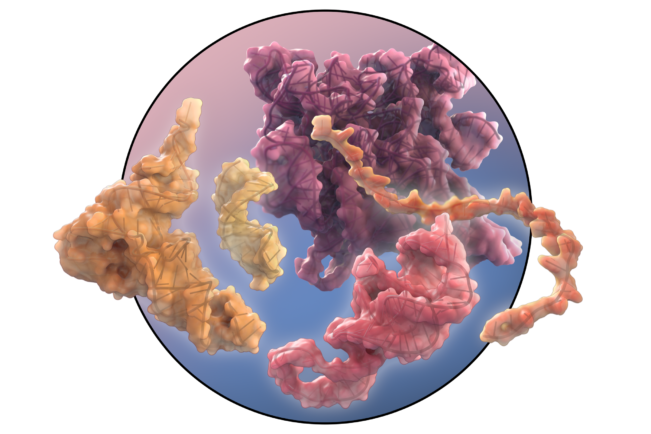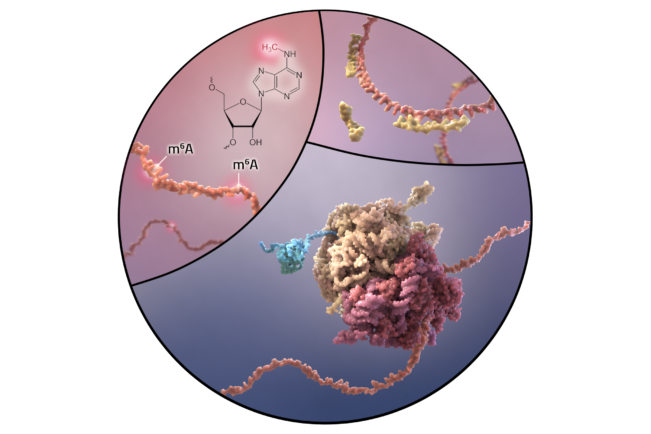
Spinach™ Technology
Spinach: The RNA Mimic of Green Fluorescent Protein
While at Cornell University, Lucerna scientists developed a novel genetically encodable probe called Spinach to fluorescently tag RNA in living cells. Spinach is a short RNA tag that can be inserted into the target RNA sequence and turns on an otherwise non-fluorescent dye. The cell-permeable dye is based on the green fluorescent protein (GFP) chromophore, giving Spinach similar function and practicality as the canonical tag for proteins.
Like GFP, Spinach can be used to visualize mRNA in live cells over time making it an indispensable research tool for imaging intracellular RNA activities. Since Spinach does not require protein translation, it can also be used to image non-coding RNA. Due to the innate flexibility of RNA, Spinach can be engineered into sensors that detect specific targets of interest. Finally, our technology is available in different colors (e.g. Corn, Broccoli, Squash) and can be used for the simultaneous study of RNA-RNA, RNA-DNA, and RNA-protein interactions.
Lucerna aims to overcome the existing limitations of studying RNA by developing a suite of ready-to-use imaging reagents and custom developed sensors. Whether your needs include basic research, high-throughput drug screening, or industrial bioproduction, Spinach and its variants can help you reach your goals. The Spinach™ technology offers you a significantly improved understanding of RNA dynamics for both therapeutic and commercial applications.
For more detailed information, please download our Lucerna platform capability deck or Spinach brochure.
Why Study RNA?
The last decade has generated a huge trove of data on the complexities of RNA function and dynamics. Errors in RNA or the proteins that bind them can cause diseases, making them an important research target. For example, spinal muscle atrophy is caused by a RNA splicing defect. ALS and myotonic dystrophy are caused by toxic RNA sequences. And RNA viruses are responsible for HIV, Ebola, hepatitis, and COVI-19 pandemic. Studying the interaction, trafficking, and regulatory mechanisms of disease-related RNA species will provide crucial insight that can facilitate new drug discovery.
Fluorescent probes like GFP have revolutionized our ability to study protein trafficking and function. In addition to visualizing proteins in vitro and in vivo, GFP can be expressed from transfected DNA enabling the tracking of specific protein targets in live cells over time. But there have been few tools to study RNA with similar functionality. Fluorescent in situ hybridization (FISH) can only be used in fixed samples, limiting users to static visualization. Real-time PCR (qPCR) can only provide quantitative endpoint data. The MS2 tagging system relies on fluorescent proteins and is known to affect RNA structure and localization. These techniques can also be difficult to use and produce inconsistent results. Therefore, there is an unmet need for a technology that can monitor specific RNA continuously through cells’ experimental lifetime that is easy to use and consistently produces clear results.
Applications
Lucerna has developed a suite of highly versatile RNA tools around the Spinach™ technology. Our goal is to provide scientists with enabling technologies that allow all RNA to be visible and druggable.
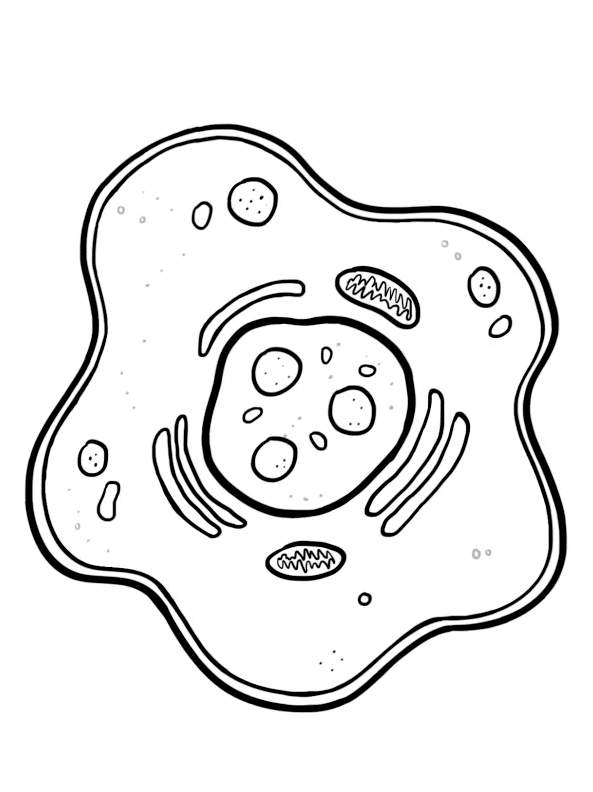 RNA Imaging
RNA Imaging Plasmids and tags for live-cell imaging of endogenous mRNA and non-coding RNA
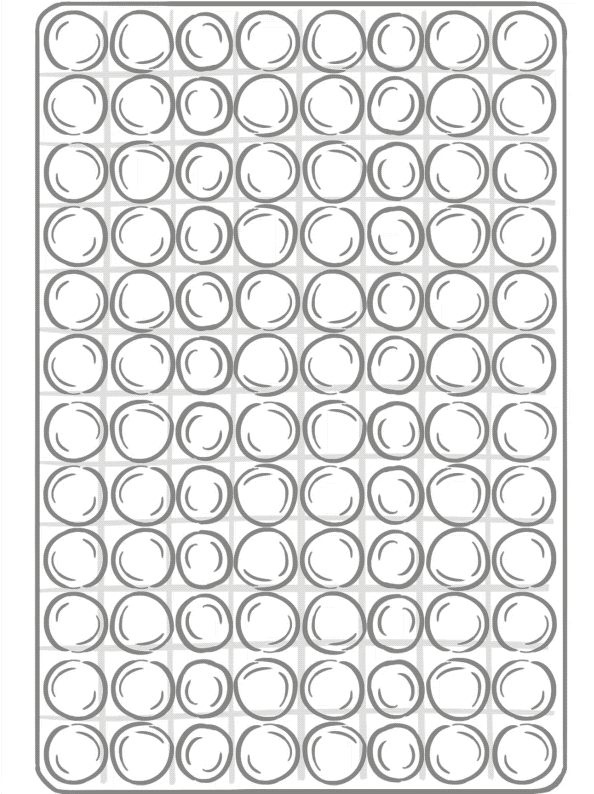 Drug Discovery
Drug Discovery Modular platform, mix-and-read, HTS assays
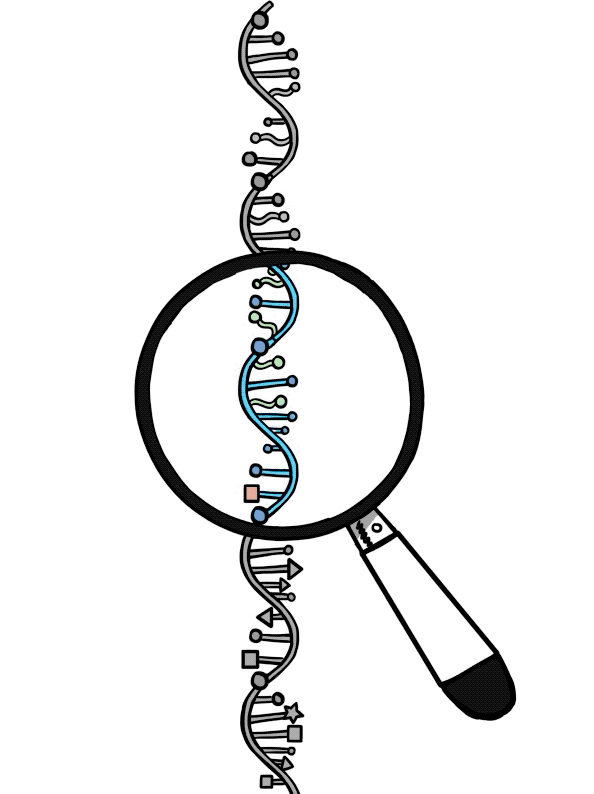 R&D Tools
R&D Tools Customized RNA tools for molecular detection and diagnsotics
